Secrets in the city of the Sultan! The last part of the Istanbul-Blog.
- Norrdine Nouar

- Jan 19, 2023
- 19 min read

Today I want to take you with me again as I continue to explore the city of Istanbul and I want to show you how my everyday life in this 25 million metropolis so looks like when I'm not just sightseeing or special places to visit! But first I have two small videos for you!
I cross, as almost every day the Galata Bridge to cross the Golden Horn and look for me first of all a place for breakfast, because in the restaurants below the bridge I have unfortunately not found or have seen nothing that corresponds to my appetite on this day. On the other side of the bridge, near the river, I visit a small restaurant where I often have breakfast or treat myself to a tea. I like this place because the staff are very friendly and recognize me every morning when I pass by, plus there is a tree in the middle of the outdoor area and the canopy was built around it. I greet the waiter and the cook behind the grill and find a comfortable spot next to the tree. I order a pan of menemen, a typical Turkish breakfast that people like to eat in the summer, consisting of scrambled eggs, onions, green peppers, tomatoes and hot peppers. In addition, some spices such as black and red pepper, as well as salt, pul beaver and paprika powder.

In addition, I treat myself as so often a Turkish tea from these wonderfully curved tea glasses.
As I sit there this morning listening to my morning podcast, I observe the people who live and work here and look out to the Bosphorus, where ferries are constantly arriving and departing, transporting residents to all corners of the city by water. The sun is shining strong and warm, but there is already a chilly wind that unmistakably reminds you that autumn is already fully here and winter is coming with certainty. Of course, one does not experience winter in Istanbul, as for example in the Alps, nevertheless it can become quite fresh and a jacket is indispensable. The waiter notices that I have already finished my tea and asks me if I would like to try a traditional Turkish coffee, which is still cooked in a very old-fashioned way over the fire or hot coal. Since I just enjoy the moment, I say yes and treat myself to another coffee before I make my way to the Sultan Ahmed of the so-called blue mosque.
As I have already told you, the Sultan Ahmed Mosque is located directly opposite the Hagia Sophia, so I do not need to explain my way there. However, it is important to know that you visit the Blue Mosque at certain times and preferably in the morning, because the mosque is closed to visitors during prayer times. This means that ideally you should visit the mosque before 11am and then not again until 1pm. When I arrive at this extremely impressive and beautiful building, I unfortunately had to realize that a large part of the mosque is currently being renovated, which is why I can unfortunately not capture the full splendor of the mosque with my own pictures. Therefore, I show you some of my pictures and pictures that are not from myself.
Once again, I go through a small check, where the main thing is to make sure that you are dressed appropriately and women wear a hijab that covers their hair. The entire forecourt and large parts inside are not visible to me, because they are covered by corrugated sheets and OSB panels, behind which renovation work is being carried out. The Blue Mosque, however, is said to be one of the most beautiful and remarkable mosques in the world. It was the main mosque of the city of Istanbul for a long time, but since Hagia Sophia was re-designated as a mosque, this is now the main mosque of the city. The Blue Mosque has six minarets, which is rather a rarity, because only the Prophet's Mosque in Medina, with its ten towers, and the main mosque in Mecca, with a total of nine towers, have more towers.
The interior, ceilings and large domes of the mosque are in a bright white base tone and the many decorations, symbols and signs are in a strong cobalt blue. Many blue and white tiles can be found on the walls, for which the mosque got its name. Recently, decorations in pink have been added. On the west side of the courtyard entrance, above it, is a heavy chain that was placed there so that the Sultan, who rode into the courtyard on horseback, would have to bow his head to enter without hitting his head. It was a symbolic act on his part so that he would not enter the mosque with his head up. Both Popes Benedict XVI in 2006 and Francis in 2014 entered the Islamic house of worship for the first time as religious leaders of the Catholic Church and respectfully attended the prayer of Islamic spiritual leaders in a tilted posture toward Mecca. I leave the Sultan Ahmed Mosque again in the direction of Hagia Sophia and pass it on the right to reach Topkapi Palace.

I pass through a large gate behind the Hagia Sophia to get through the first ring of walls of the complex.

Topkapi Palace was the residence and seat of government of the sultans and was built in the mid-15th century after the city of Constantinople was conquered. It was considered the center of power and administration of the Ottoman Empire and housed numerous employees, servants and administrators, as well as the entire family of the sultan. As it is customary in Turkish tradition, the palace consisted of many buildings distributed in a large garden area.
In total, the complex consisted of four courtyards and only limited people had access to each area of the palace. For example, the first courtyard housed the guards and the park housed buildings for some everyday services. In addition, parades were held here.
Entering the second courtyard, one found oneself in the political center of the empire, where numerous state and administrative rooms were located. Here was also the palace kitchen, which probably prepared up to 6000 meals a day, and the bodyguard of the sultan was housed here.
Only very select people with explicit permission were allowed into the third courtyard, because this was the sultan's throne room for receptions, highest state officials, viziers and foreign guests. The palace school was also located here, which had three very clear rules to prevent corruption. Students had to be male orphans, could not be Turks, and could not have relatives working in the palace. This was to ensure the integrity of the officials. This courtyard also contained the harem (translated as forbidden place), which housed up to 2000 women, and the private chambers of the sultan.
In the fourth and last courtyard there were more gardens and parks on different terraces. For the entire complex, only the highest quality and noblest materials of the entire empire were used. After I had explored the palace extensively, I go to the park directly next to the Topkapi Palace, the so-called Gülhane Park. It was part of the Topkapi Palace at the time and was opened to the public in 1912. In the past, archery competitions and chivalrous games were held here and today it is a beautiful park with many tall trees where live concerts are occasionally held and tea gardens can be found. The park is dotted with thousands of tulips and pink hyacinths that bathe the whole area in a beautiful sea of color. A variety of wondrous birds, pelicans and possibly parrot species can be found in the high treetops of the forested park. It is exceptionally quiet here compared to the rest of the bustling city and allows the visitor a little time out from the excited hustle and bustle of the city, it is truly an oasis of calm in the midst of this huge metropolis. People sit on benches to the left and right of the path and talk quietly while birds fly overhead, occasionally making almost jungle-like sounds.
I leave the park in the direction of the Bosphorus and now slowly make my way back to the Radomon, because I notice that I'm getting hungry and the sun is about to set. This time I decide not to go back over the Galata Bridge, but take a small detour over the Halic Metro Bridge, where the subway runs along, to cross the Golden Horn towards Galata and Taksim. There is a coffee stand at the beginning of the bridge and I consider waiting in the middle of the bridge for the muezzin to pray while I drink my coffee in the process. As I am about to give my money to the gentleman preparing my coffee, a little boy tugs at my left pant leg. I look down and see a little Turkish boy, no more than five years old, barefoot in some kind of pajamas, full of dust and dirt on his face and clothes. He points to a pastry he would like and signals me to please buy it for him. I don't hesitate for a moment and tell the man to please give the boy two of those pastries. At that moment, another boy noticed that his friend had succeeded and also joins and asks for a pastry. I signal the vendor to give the two boys two pieces each and pay for my coffee and the four pieces. Almost every day in Istanbul I see children walking around on the street without shoes and so often I wonder how this happens, what the reason is, if they have family or if they are on their own. I have partly seen some of them on the roadside of the Galata Bridge, lighting a small campfire at night and lying next to it. They don't ask anyone for help or beg, but just sit or lie there. Again and again tourists come by and give them money, buy them something to eat or leave them some other little thing.
It is usually a bad habit to photograph people in a predicament, at the same time this is part of the whole reality and truth. It's not always all dreamy and beautiful, because such a big city also has its downsides and people fight for their survival not to be devoured by the relentless metropolis. There are people who probably have no energy or inner drive at all and live on the street, sleep and live on handouts.

Then there are those who still have a little more life energy in them, who roam the streets picking up trash for minimal money.

Or those who stand on the side of the road brewing coffee, selling roasted chestnuts or corn on the cob, or slicing and offering watermelons,
to street vendors who spread a blanket on the ground and sell goods on the street.

Everyone is struggling to survive in their own way, with different ways and means, resources and energy at their disposal to somehow stay afloat. I can be thankful that I don't have to think about where I will sleep tonight or how I can satisfy the hunger pangs in my stomach. A little lost in thought, I walk across the bridge, stop in the middle, at the Halic subway station, and wait for the muezzin to start praying. After a while, the singing of hundreds of mosques begins and it resounds from all sides left and right of the golden horn through the alleys and over the roofs of the city, along the river and across the strait.
After the prayer ends, I go to my new favorite place for dinner. On my way back, I pass a music event in front of which many people gathered to listen to the live music. Everywhere on the benches people sat in the night and looked either up to the stage or down to the golden horn, where the bright moon shone over the city and the big river.

I linger a bit and listen to the live music before making my way to the restaurant. There, too, I am greeted with a broad smile, for I am a returning guest and the owner understands that I feel exceptionally comfortable with him. I order a menu of fried chicken skewers with a varied assortment of salad and bread, accompanied by a jar of fresh ayran from a pewter jug.
I wonder if there is a "right" way to eat these skewers, but since I don't really know, I experiment around a bit by trying things individually and sometimes combining them and developing them into the bread similar to a taco or a Dürüm.

It is a flavor combination of juicy chopped tomatoes in balsamic, strongly seasoned onions, parsley, mint and a kind of arugula or leaf lettuce, which I previously drizzled with lemon drops. In addition, in the center of all the ingredients, the tender roasted chicken meat and the whole wrapped by the thin toasted bread, which completes the whole taste experience. The pewter pitcher adds an extra flavor to the fresh ayran, making the already exciting experience all the more outstanding. There is a significant difference drinking a packaged ayran from a plastic cup and a very different experience than drinking a fresh one from a pewter pitcher. After eating all the chicken pieces from a skewer, you put the empty skewer into an appropriate container that sits next to the table.

After I have finished eating, I go inside to pay, where I am offered another tea. I do not refuse the gift, of course, but accept with thanks, stay a short while and drink my tea together with the owner, then say goodbye and go back to the hostel, where I still record a few thoughts of the day in lines, before I lie down in the comfortable and soft bed.

The next morning I decide that I will spend the entire day sitting in various cafes and write down my thoughts. To do this, I seek out Cafe Nakka in the morning, which is supposed to have a great breakfast and a rooftop terrace. It's a very nice and pleasant cafe in the artists' quarter in the Galata district on the European side of town. It has a kind of alternative feel and a very cozy and quiet atmosphere.
For breakfast we have fried eggs with Sucuk, a Turkish garlic sausage, bread and coffee to go with it.
Then I open the laptop and write for a few hours. At lunchtime, I decide to stretch my legs and close the laptop. I take a little half-hour creative walk and cross the Galata Bridge over to the Eminönü district, where I find Coffeetopia. It's a great cafe over three floors, as is common in Istanbul for lack of space, and offers enough great seating to retreat to so you can work in peace.
I seek out this cafe about four days in a row and write down the many thoughts I've been able to gather on my trip so far. In addition, they also serve extremely good coffee, cappuccino and cake and every day I get new advice from the guys behind the counter on which cake to try next! Meanwhile, I'm on the phone more often with my family and friends from my new little work environment, where I feel infinitely comfortable.
After publishing another blog entry, I fold up my laptop and eat a salmon roll, or something like it, at a tiny fish shack right near Coffeetopia, which is crammed between two buildings. The man at the grill has a hat on and churns out one roll after another to the many waiting customers who line up in front of his little store.
Afterwards I decide to change the hostel on this day, because I want to collect more impressions of Istanbul, other areas, people and accommodations. So I pack my backpack again and walk this evening across Istanbul to visit the Levanten Hostel.
After some time and many side streets later, I arrive at Levanten Hostel and immediately notice that the atmosphere here is different. The Radomon was rather clean and the guests who stayed there were focused on their work and often sat at the laptop to work remotely. The Levanten Hostel was more spartan and housed backpackers, travelers and hikers. I chatted there with two young girls from Germany who had just started their studies and were taking their instruments on an interrail trip through Eastern Europe to Istanbul during their first semester break.
It was quite a nice experience at Levanten Hostel, but definitely not a place I would want to stay longer, because the sleep was not really restful and it was admittedly not exactly clean. I'm not sensitive and picky about this, but a restful sleep is still important to me. So the next day I tried my luck again in a new hostel and therefore decided to move to the Galata West Hostel.

This decision I should bitterly regret, because the operator of the hostel was a nice guy, but it was extremely dirty, disorganized and chaotic. But worst of all were the sleepless nights, because the Galata West Hostel is located in the middle of the Galata district and it was unbearably loud. The dorms were crammed with up to 12 people in three-story beds, the party-goers came extremely loud partly at five in the morning into the room and took no consideration for the other guests who were trying to sleep. The mattresses were covered with annoyingly noisy plastic sheets that crackled constantly when you moved, the sheets and bedding were extremely dirty and after my two day stay there I had bites from bed bugs or similar on my back.
On the days I tried to work concentrated on the laptop and continue writing my blog entries and my book, but the terrible nights led to significant sleep deprivation and I was hardly recovered and became increasingly unbalanced and easily irritated. At the latest when I noticed one day at Caffeetopia while writing that I was already annoyed by the fact that another visitor next to me at the table permanently wiggled her foot at the table I knew that I urgently need to find a place where I can properly rest and get enough sleep so that I become a little more balanced again. So I changed the hostel again and looked for the Cheers Lighthouse, which was located directly on the sea with a view of the Bosphorus.
Cheers Lighthouse Hostel is a very pleasant and great organized hostel. The staff are extremely friendly and are exceptionally dedicated to making sure you have a memorable experience with them at the hostel. The barman is a young Englishman who has recently been stranded in Istanbul and is trying to find his luck here. It is an extremely relaxed and welcoming atmosphere and the staff tell me about the many activities they organize for guests.
That evening a BBQ is scheduled for all guests, we are a motley crew of two Canadians, two Indians, an American, a Colombian and other nationalities.

We all chatted and shared what brings us each to Istanbul. The girl from Colombia works remotely in medical research for a company from the UK and works remotely on the road. The couple from Canada is newlyweds and they are currently spending their honeymoon together in Istanbul. The American girl is a "travel nurse" and works wherever she is needed while she is traveling. I could go on and on at this point, but what I want to illustrate with these details is that the people, the travelers and their stories are so diverse and you get to know all kinds of different approaches to life. Each of them has their own unique story and every now and then you discover extremely interesting personalities. But don't be fooled, because it's not always all rosy, because some guests can be quite annoying, pushy, self-centered, inconsiderate and also sometimes simply stinking boring. However, this troupe was definitely not one of them, because with all of them you could have exciting conversations and a lot of fun. That evening I got the recommendation from the American that I should definitely stop by Jordan on my way to Egypt later and visit Petra. I don't know why I didn't come up with the idea on my own, but I unfortunately didn't have this marvel on my radar at all for some reason, so I was infinitely grateful for this great recommendation. We chatted together during dinner and our conversations crisscrossed the table literally overflowed each other with enthusiasm and one wanted to be at all five conversations at the table at the same time.


The BBQ was extremely delicious, plentiful, varied and left nothing to be desired. I even drank a Turkish Efes beer that evening, because it seemed like a great occasion.
The second highlight of the evening was the belly dancer who made an appearance after the BBQ and skillfully demonstrated to us how to move the body and hips of a well-shaped woman rhythmically, seductively and to the beat of Arabic music.
She encouraged all of us to dance with her as well and tried to teach us how to gyrate our hips. None of us was too shy to possibly make a monkey out of ourselves, which is why each of us jumped up and tried to imitate the dancer's movements. One or the other succeeded better or worse. As for me, I would say that you can't expect a circular hip swing from me, but rather a movement that reminds you of a rusty old robot that has to be careful that it doesn't accidentally hurt anyone while trying.
After the show, we played another round of Beer Pong. For the slightly older readers who are now wondering what kind of game this is, a brief explanation. Beer Pong is played by the younger generations at most parties, festivals or other occasions.
The goal is to hit the cups of the opposing team on the other side of the table. If one side hits a cup, the other side must drink a sip or finish something on Ex or similar. The rules vary widely as to who must/may drink what and when, and when a hit is considered a hit or double hit. In short, the purpose of the game is that, as usual in other drinking games, you quickly get a decent level and the drunker you are and the more cups disappear from the table, the harder the game becomes, of course, with decreasing accuracy of hits. The evening is just beginning for most of the guests, because afterwards a pub crawl in the Taksim district is organized. At this point I say goodbye to the party troop and wish them a lot of fun with the "Pubcrawl", that's the name of the whole thing, because one crawls quasi from bar to bar, the longer the evening lasts. But since I absolutely have to make up for my extreme sleep deficit, I decide to go to bed so that I can get a good night's sleep, which I desperately need.
I recover extremely well and am able to sleep for an exceedingly long time, which again benefits my state of mind and balance. After breakfast, I head to the airport because today my little brother, who lives in Spain near Malaga, is landing to visit me in Istanbul for a week. It's a two-hour ride on public transportation via metro and public bus from the center of Istanbul to Istanbul Havalimani Airport. He landed late at night at 10pm and I booked us both two beds at Radomon Hostel for the whole week, because I had the best experience with that after all my hostel stays. The next morning we went for breakfast together in the pedestrian zone between Taksim and Galata. We found a great little place there, which we will visit for the entire next week every morning for breakfast.
I showed him the entire city that week, starting with the big bazaar, the Hagia Sophia, the blue mosque, visited a hamam together once again and then went to the barber. We took the ferry across the Bosphorus together and I showed him the Asian side, which made him set foot on the Asian continent for the first time in his life. He agreed with me that this side of the city is somehow much more attractive and authentic than the European side of the city.

In the evenings, we usually went to dinner at a pizzaria near Galata Tower and had a relaxing time together throughout the week.
The next day we both decided to explore the Asian side in more detail, because we both agreed that it is just insanely exciting over there and at the same time we wanted to visit the huge Camlica Camii high up on a hill of the city. It was a cloudy, cool and rainy day but we were both determined to go exploring even under these conditions.

We walked for about two hours through the light rain, passing a street market full of fruits, vegetables and many other food items.
After a while we finally arrived at the foot of the mountain where the great mosque stood and we climbed up the steadily steepening road.
Finally arrived at the highest point of the mountain we spotted a huge newly built complex, the Camlica Mosque.
Its foundation stone was laid in 2013 and it will be completed in 2019. It holds up to 63,000 worshippers, making it the largest mosque in the country. It also has six minarets, each over 100 meters high, and the center is covered by a 72-meter-high dome with a diameter of 34 meters.
The whole complex is at the same time a mosque, museum, library and an art gallery. Everything in this mosque is very modern and new and we visit the mosque just while the prayer takes place. The size and dimensions of this Islamic house of worship are so enormous that I let pictures and videos speak at this point instead of my description.
We are present during the entire prayer and listen to the singing and the prayer. After a while we leave the mosque and are outside on the large forecourt.
Outside the forecourt, you are on an extremely large and spacious terrace, to which several steps and escalators lead up. From up here you have a unique view over the city, the Bosphorus, the Bosphorus Bridge and over to the TV Tower.
After spending the whole day on the Asian side and in the Camlica Camii, we make the long way back to the hostel. My little brother is freezing a little bit, because his hoodie is completely soaked from the rain and he is completely wet all over his body. So we hit an extremely brisk pace and march tightly to the next subway station to get to the ferry from Üsküdar to Karaköy.
On the last evening before my little brother's departure back to Spain, we went jogging together again and did a little calisthenics workout in a park near the Bosphorus. Animal lover that he is, he immediately made a friendship with the dogs and cats in the park and played with them.
After our last dinner together in Istanbul, we went back to the hostel and prepared everything for our departure, because his flight left the next evening and my package with my glacier equipment finally arrived. In addition, a large envelope was waiting for me at the front desk. In it was my passport with my 30-day visa for Russia, which starts in two days.
The next morning I took my brother to the bus stop where the shuttle bus leaves for the airport and said goodbye to him there. While my brother is on his way to the airport, I set off with all my equipment, which now weighs almost twice as much, to the bus station in the west of the city to begin my long journey to the east of Turkey to Erzurum, from where I will continue my journey to the Caucasus via Georgia to Russia.

My bus leaves at 2pm this Sunday, October 16, 2022 and the entire trip to east central Turkey will take about 20 hours.

After five weeks in Istanbul, my journey finally continues and I can leave this great city, which I am now tired of, to go into nature. It was a fantastic time with many highs and a few isolated lows. I have had wonderful moments and occurrences here on the Bosphorus. Visited historical and breathtaking places and buildings and met many wonderful and interesting people who will possibly stay with me as friends. Many new impressions collected, smells perceived, fantastic food tasted, good Turkish coffee and black tea drunk, sweets and desserts without end nibbled, several times the Bosphorus crossed, me in the Hamam massaged and one or the other sleepless night spent.
It was a wonderful time and yet, at the end of the day, I'm more of a nature person and not necessarily the city kid and am infinitely looking forward to finally being able to see and climb mountains again and spend the night outside in the great outdoors with my tent. Therefore, I am infinitely grateful for the experiences and precious moments that I was able to collect here and at the same time I am happy that my journey finally continues.
Russia, Caucasus, Elbrus, another of the Seven Summits, I'm coming!!!














































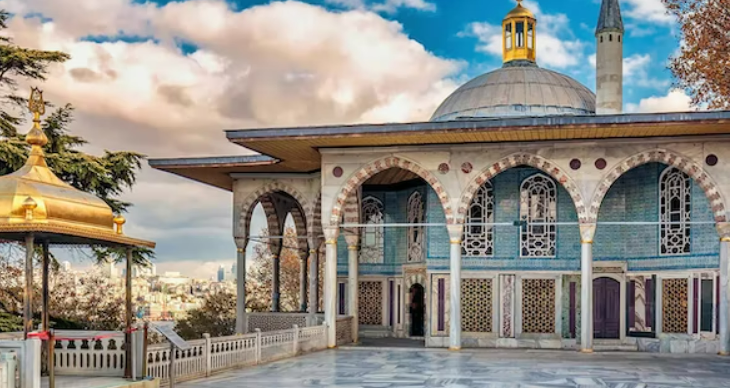





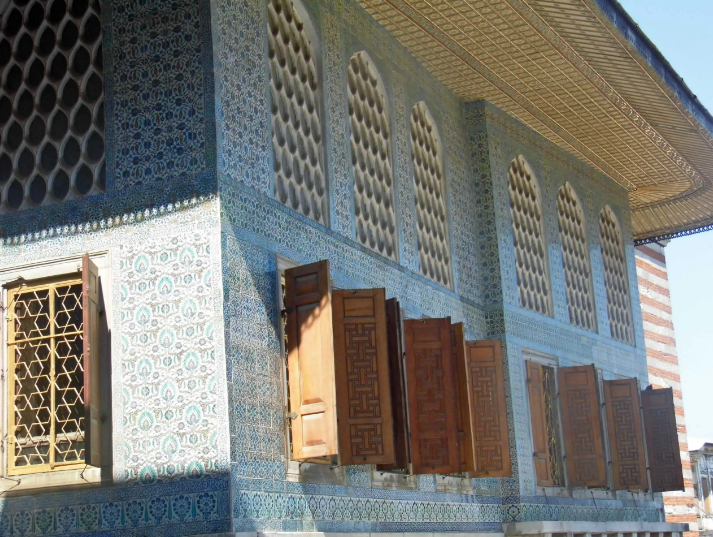









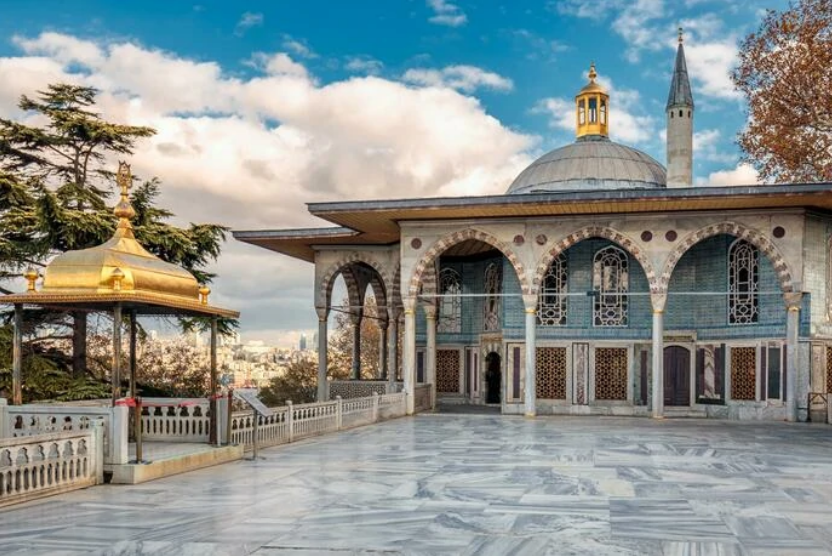





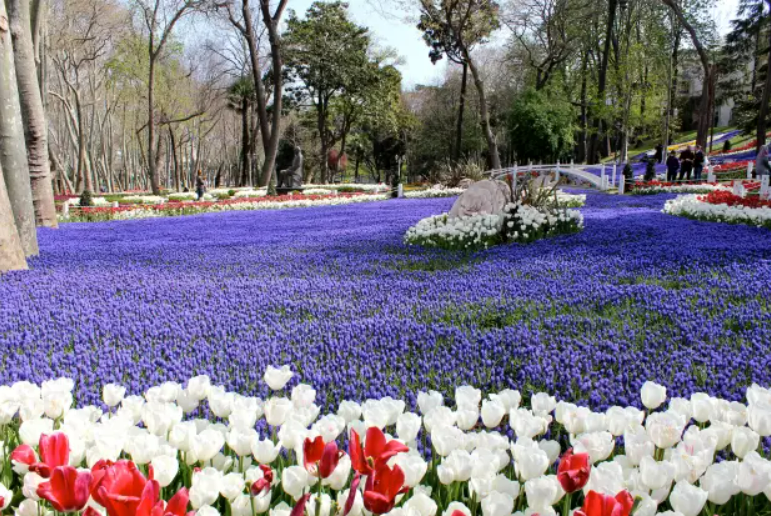
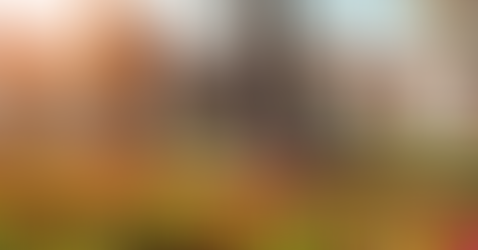


































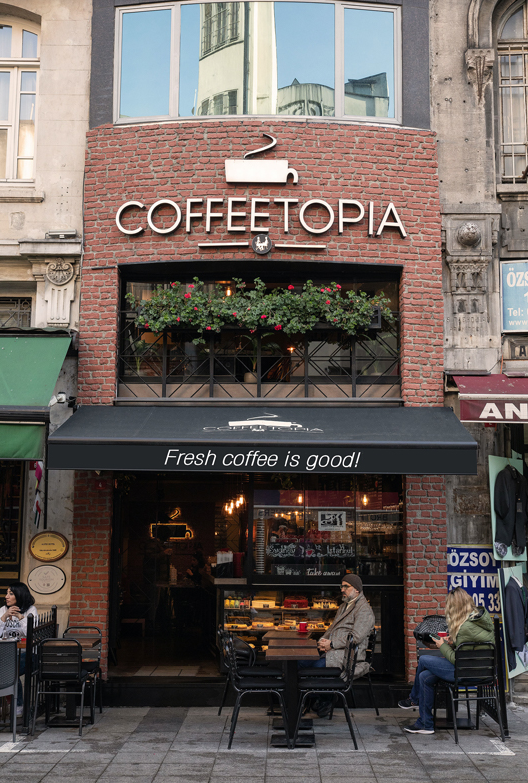


















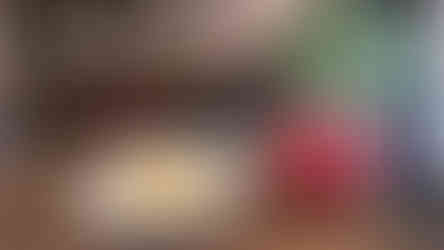






























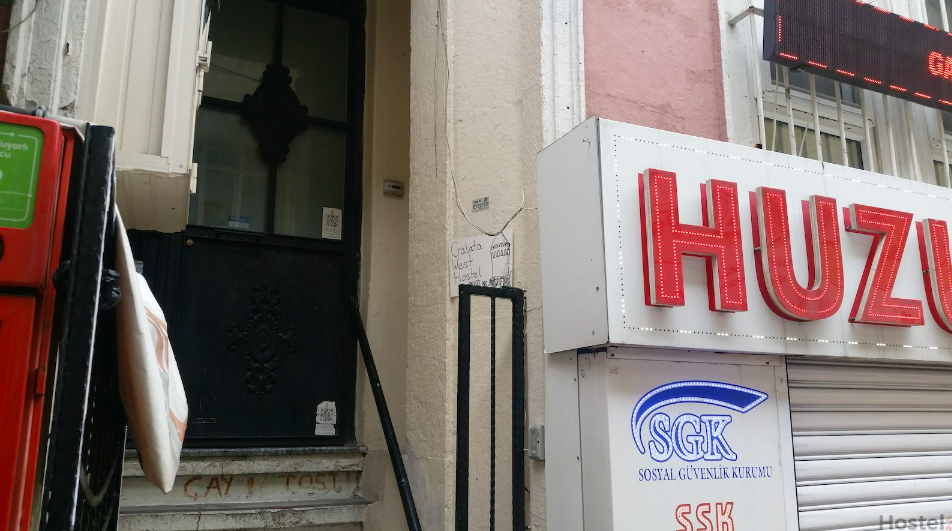










































































































































































































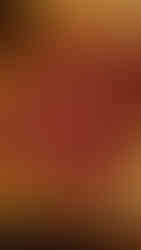


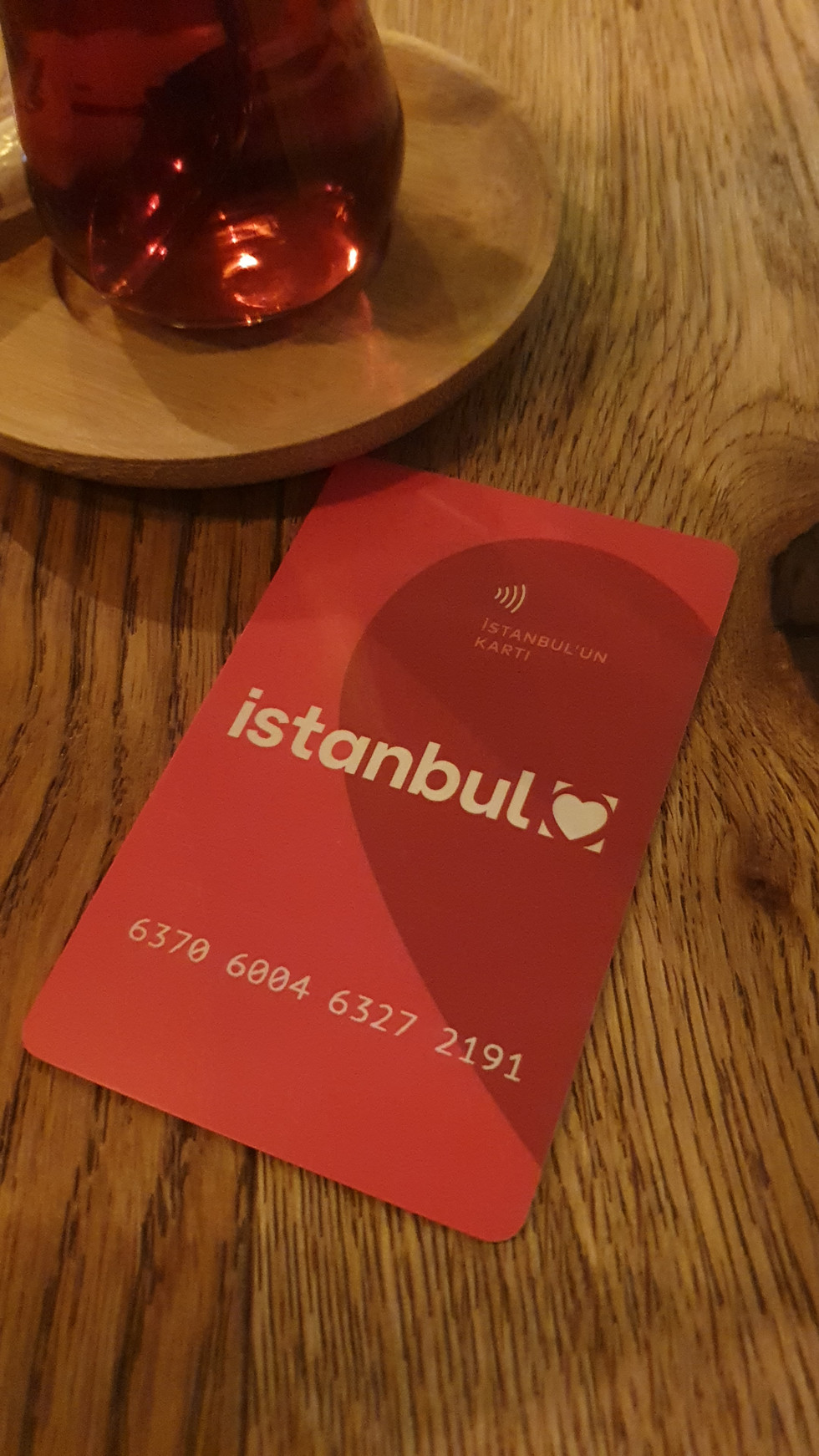





















Comments